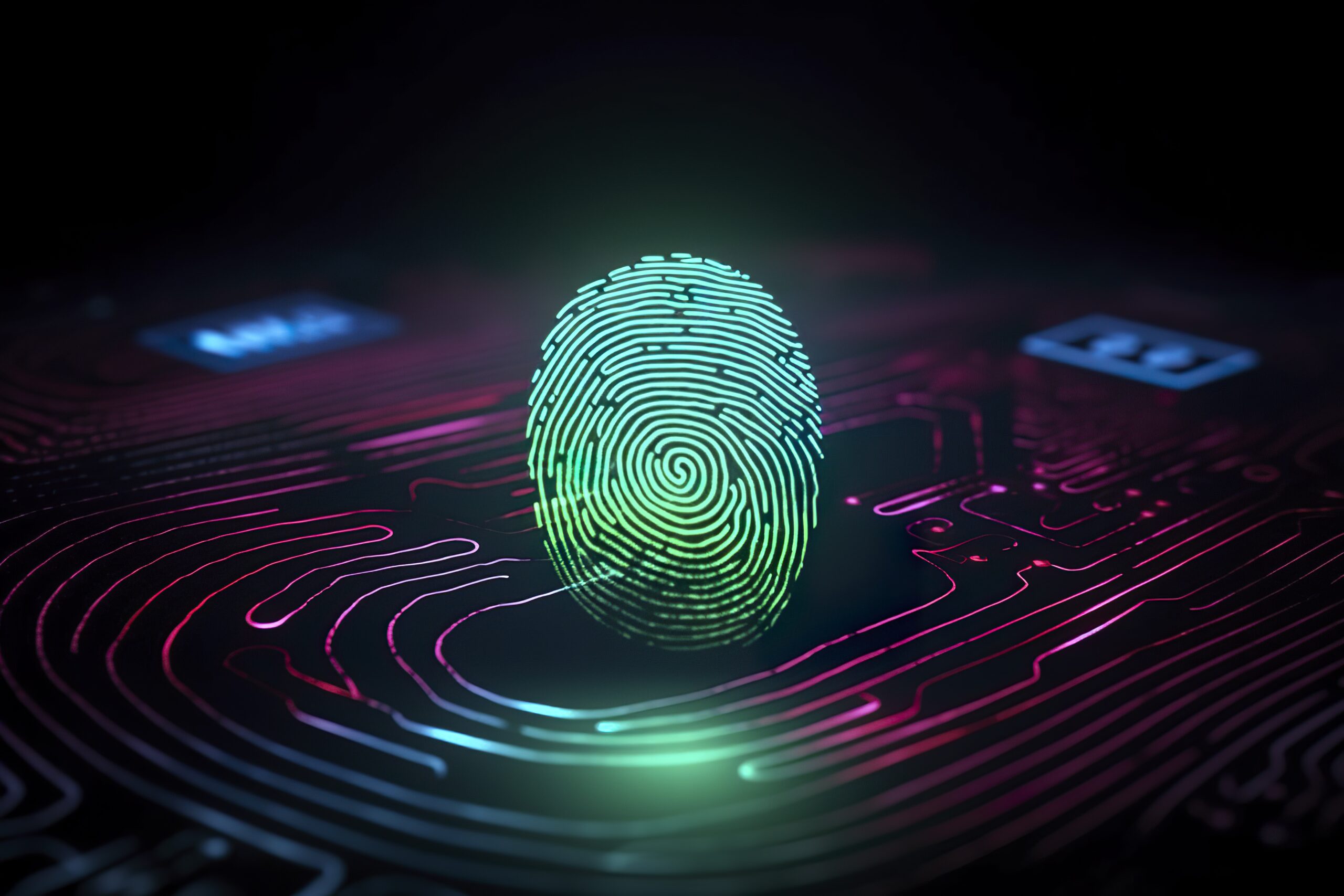Security is an integral part of managing a rental property. The verification process is one of the most crucial steps in ensuring this security. Identity verification helps prevent fraud and unauthorized access, making it an essential component of the rental process. But with technology evolving rapidly, choosing the right method for online identity verification can be challenging.
This guide aims to simplify that choice, explaining how different methods work and why they are important for protecting your property and guests alike.
Online Identity Verification Methods
Online identity verification is a broad term that covers various techniques and technologies used to confirm a person’s identity over the internet. This process is critical in today’s digital age, especially in industries like hospitality where transactions frequently occur online. The goal of identity verification is to ensure that a potential guest is who they claim to be, which in turn helps in preventing issues like identity fraud and property misuse.
There are several methods to verify someone’s identity online. One common approach is document verification, where guests are required to upload documents such as a passport or driver’s license. These documents can be checked automatically using software that verifies their authenticity and matches the information to the person making the booking. Another method involves biometric verification, which includes facial recognition technology to compare a live photo or video of the guest to the photo on their ID. Additionally, database checks are used to cross-reference the information provided by the guest against public and private databases to ensure consistency and authenticity.
Each method has its strengths and is suitable for different scenarios depending on the level of security required and the technology available. For example, biometric verification is highly secure but might require additional hardware and could raise privacy concerns among guests. On the other hand, document verification is easier to implement and less intrusive but can be susceptible to sophisticated fraud if not paired with other methods.
Understanding Electronic Identity Verification
Electronic Identity Verification (EIV) systems represent a more advanced and streamlined approach to verifying identities online. EIV systems automate the verification process using digital technologies to minimize manual input and error, thereby enhancing the accuracy and efficiency of identity checks. They work by collecting personal information from the user, which might include their full name, address, date of birth, and social security number, and then validating this information against various electronic records.
The primary benefit of using EIV is its ability to provide a quick and accurate verification process. In the rental industry, where time and accuracy are of the essence, EIV systems can significantly speed up the check-in process and improve guest experience while ensuring compliance with regulatory requirements. This method is particularly useful in scenarios where you need to verify a large number of identities reliably and swiftly, such as in large apartment complexes or during peak tourist seasons.
Moreover, EIV systems are designed to be user-friendly, requiring minimal interaction from the guest. Typically, the guest will fill out a form online, and the system takes care of the rest, often providing verification results in real-time or within a few minutes. This not only simplifies the process for the guest but also reduces the administrative burden on your staff, allowing them to focus on other aspects of guest service and property management.
How to Verify User Identity Online
Verifying a user’s identity online can seem daunting at first, but with the right tools and a clear plan, it can be straightforward and secure. The first step in setting up an online identity verification system is choosing the right method that suits your property’s needs, as discussed earlier. Once you’ve selected a method, the implementation involves a few key steps.
Firstly, you’ll need to integrate the chosen verification technology into your booking and check-in processes. This integration often involves software that guests interact with directly, such as a booking app or website. Here, you will prompt guests to provide necessary identification details or documents, depending on the verification method used. For example, if you’re using document verification, you would ask guests to upload a clear picture of their ID during the booking process.
It’s also important to ensure that your system is user-friendly. If the process is too complicated, it could deter guests from completing their bookings. Keep instructions clear and concise, and consider including a FAQ section on your website where guests can find answers to common questions about the verification process.
Maintaining privacy and security is another critical aspect. Ensure that the identity verification process complies with all relevant laws and regulations, such as GDPR in Europe or CCPA in California, which govern the use of personal information. Also, ensure that the data collected is encrypted and securely stored to protect against breaches.
Lastly, be prepared for exceptions and challenges. No system is perfect, and issues like a guest not having the required ID or technical problems with verification software can arise. Have a backup plan in place, such as manual verification by a staff member, to handle these situations smoothly without inconveniencing the guest.
Types of Identity Verification
There are several types of identity verification, each with its own set of applications and benefits. Understanding these can help you choose the most appropriate for your property.
– Knowledge-Based Authentication (KBA):
This method asks the user to answer personal questions that supposedly only they would know the answer to. This could include previous addresses, maiden names, or the name of a pet. While easy to implement, KBA is becoming less secure over time as personal information becomes more accessible through social media and other public records.
– Two-Factor Authentication (2FA):
This method requires the user to provide two forms of identification from independent categories of credentials; something they know (password), something they have (a smartphone to receive a code), or something they are (biometric verification). 2FA is highly secure and is becoming a standard practice in many industries, including hospitality.
– Credit File-Based Verification:
This method checks the user’s credit history to verify their identity. It’s useful for long-term rentals or high-end properties where financial reliability is as important as identity confirmation. However, it requires consent and can be more intrusive, which might not be suitable for all types of rentals.
Each type has its strengths and is best suited for different aspects of the rental process. For instance, 2FA might be more appropriate for securing online accounts, while credit file-based verification might be suited for screening potential long-term tenants.
Choosing the Right Verification Method for Your Rental Property
Deciding on the right verification method requires considering several factors specific to your property and the type of guests you host. Here are some key considerations:
– Cost:
Implementing advanced verification methods can be expensive. Consider your budget and the return on investment. Sometimes, a simpler method might suffice if coupled with other security measures.
– Ease of Use:
The easier the verification process, the better the guest experience. Opt for solutions that integrate seamlessly into your existing processes and are easy for guests to navigate.
– Level of Security:
The level of security needed can vary. High-end properties might require more stringent verification methods like biometrics or credit checks, while simpler document verification might be enough for smaller or less exclusive properties.
– Guest Demographics:
Consider the typical profile of your guests. Younger guests might be more accepting of digital-only solutions, while older guests might prefer more traditional methods or require more assistance.
Taking these factors into account will help you tailor the verification process to best fit your property’s needs and ensure a secure, user-friendly experience for your guests.
Implementing Online Identity Checks in the Rental Process
Integrating identity verification into your rental process isn’t just about picking the right technology; it’s about ensuring the system works smoothly from the moment a guest books to the time they check in. To effectively implement these checks, consider the entire guest journey and how identity verification impacts each stage.
Start with the booking process. Here, the system should be set up to prompt guests for their identification details as part of the reservation procedure. Make this step as straightforward as possible. For instance, if you’re using document verification, provide clear instructions on how to upload documents and what types of ID are acceptable. It’s also helpful to explain why this information is necessary, reassuring guests that it’s for their safety and security.
Moving to the check-in process, online identity checks can significantly streamline traditional procedures. For properties using advanced methods like biometric verification, consider setting up kiosks where guests can quickly confirm their identity using a fingerprint or facial scan. This method not only speeds up the process but also adds a layer of modernity and sophistication to your property’s operations.
Throughout these processes, maintain a focus on guest privacy and data security. Clearly communicate what you do with the data collected and ensure it is stored securely and in compliance with applicable laws. Guests will appreciate transparency and professionalism regarding their personal information.
Conclusion
In conclusion, choosing and implementing the right online identity verification method for your rental property can seem complex, but by understanding the different options and considering your specific needs, you can enhance the security and efficiency of your operations. Whether you opt for simple document verification or advanced biometric technologies, the key is to ensure that the method fits seamlessly into your guest experience, enhancing both security and convenience.
So, take the time to evaluate your options, consider your guests’ needs and preferences, and make the move towards a more secure rental process. Not only will it help protect your property, but it will also provide peace of mind for you and your guests.
Start today to upgrade your approach and keep your property safe and inviting in this digital age!





